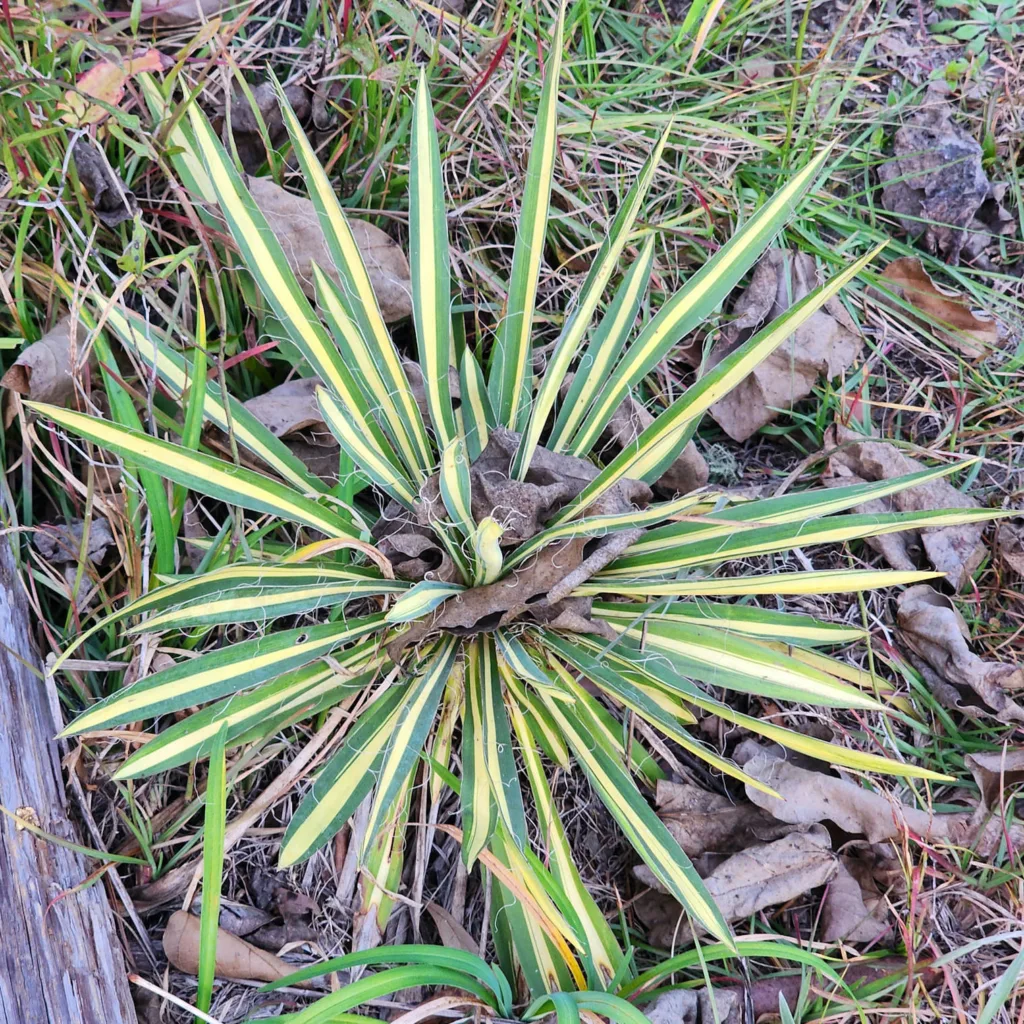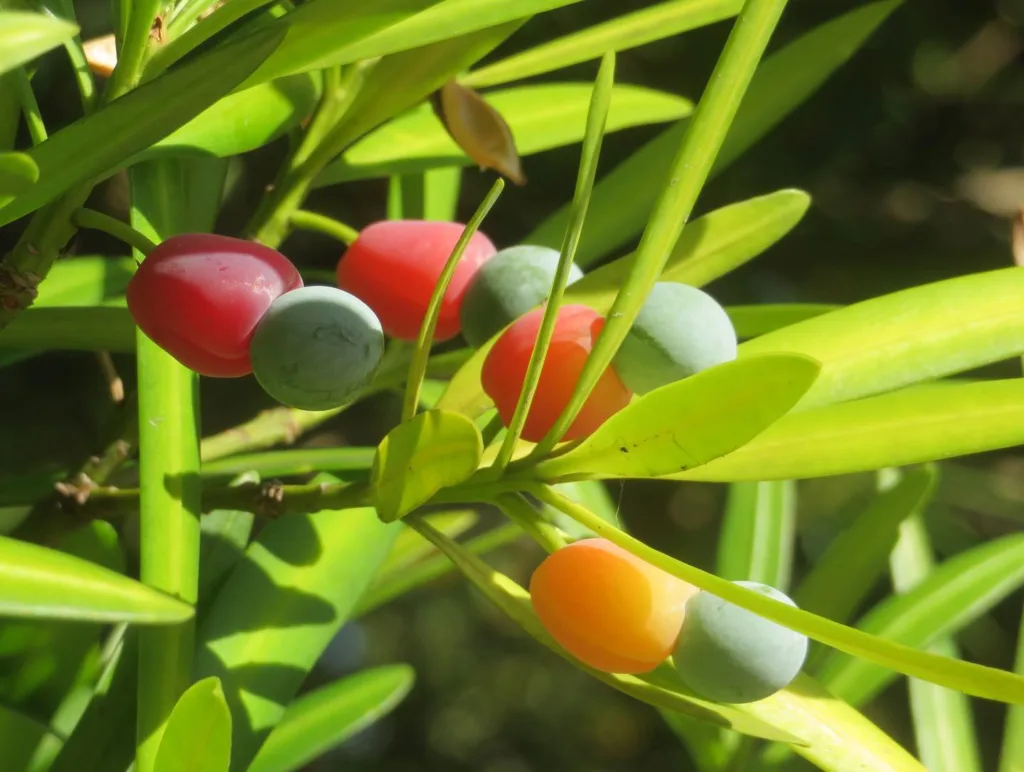What is Hypericum Prolificum?
For years, my garden has been a canvas of vibrant colors and textures. But lately, I’ve been on the hunt for a low-maintenance shrub that offered a pop of sunshine and attracted pollinators. Enter Hypericum prolificum, also known as shrubby St. John’s wort. This delightful shrub has quickly become a star player in my garden beds.
525 Species in Genus Hypericum
Hypericum prolificum isn’t your average St. John’s wort. Unlike its medicinal cousin, this shrub is purely ornamental, boasting a dazzling display of bright yellow flowers throughout the summer. The flowers themselves are a sight to behold, with five delicate petals surrounding a mass of golden stamens – true to its name, “prolific.” But the beauty of Hypericum prolificum extends beyond its blooms. The shrub itself has a dense, mounded form with dark green, slender leaves that offer a pleasing contrast to the vibrant flowers. As an added bonus, the mature stems develop an attractive mahogany-colored peeling bark that adds winter interest to the garden.
How to plant and care for Hypericum Prolificum?
The good news is that Hypericum prolificum is a relatively low-maintenance shrub. It thrives in full sun to partial shade and adapts well to a variety of soil types, as long as they drain well. Once established, it’s quite drought-tolerant, making it a perfect choice for water-conscious gardeners like myself.
Here are some key things to remember when planting and caring for your Hypericum prolificum:
- Planting: The best time to plant your Hypericum prolificum is in spring or fall. Dig a hole twice the width of the root ball and amend the soil with some compost or organic matter. Water the plant well after planting and keep the soil moist for the first few weeks.
- Pruning: While not essential, light pruning in early spring can encourage bushier growth and improve flowering. You can also use pruning to maintain the desired shape of your shrub.
- Fertilizing: Hypericum prolificum is not a heavy feeder. A light application of balanced fertilizer in early spring is sufficient.
Hypericum Prolificum: A Haven for Pollinators
One of the things I love most about Hypericum prolificum is its ability to attract a wide variety of pollinators. The bright yellow flowers and abundant nectar are a magnet for butterflies, bees, and hummingbirds, adding a touch of life and movement to the garden.
Is Hypericum Prolificum Toxic to Children?
It’s important to note that while Hypericum prolificum is not considered toxic to humans, it’s always best to err on the side of caution. Ingesting large amounts of any plant material can cause stomach upset. If you have young children or curious pets in your household, it might be best to plant Hypericum prolificum in a location that’s out of reach.
Where Can I Buy Hypericum Prolificum?
Hypericum prolificum is becoming increasingly popular, so you should be able to find it at most reputable nurseries and garden centers. However, if you’re having trouble locating it locally, you can also try online retailers that specialize in native plants.
Adding Hypericum Prolificum to Your Garden
Hypericum prolificum is a versatile shrub that can be used in a variety of garden settings. Here are a few ideas:
- Foundation Plantings: The compact size and dense foliage of Hypericum prolificum make it an ideal choice for foundation plantings. It will add year-round interest to your home’s exterior.
- Borders and Beds: Plant Hypericum prolificum in mixed borders alongside other flowering shrubs and perennials for a vibrant summer display.
- Butterfly Gardens: As a pollinator magnet, Hypericum prolificum is a must-have for any butterfly garden.
- Erosion Control: The dense root system of Hypericum prolificum makes it a good option for controlling erosion on slopes.
With its easy-going nature, stunning blooms, and pollinator appeal, Hypericum prolificum is a welcome addition to any garden. So, if you’re looking for a low-maintenance shrub that brings a burst of sunshine to your landscape, consider giving Hypericum prolificum a try. You won’t be disappointed.
If i die, water my plants!



